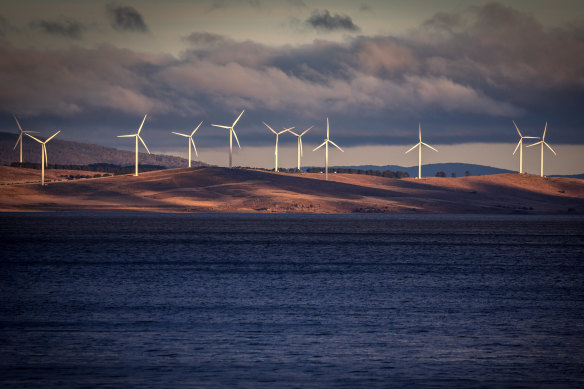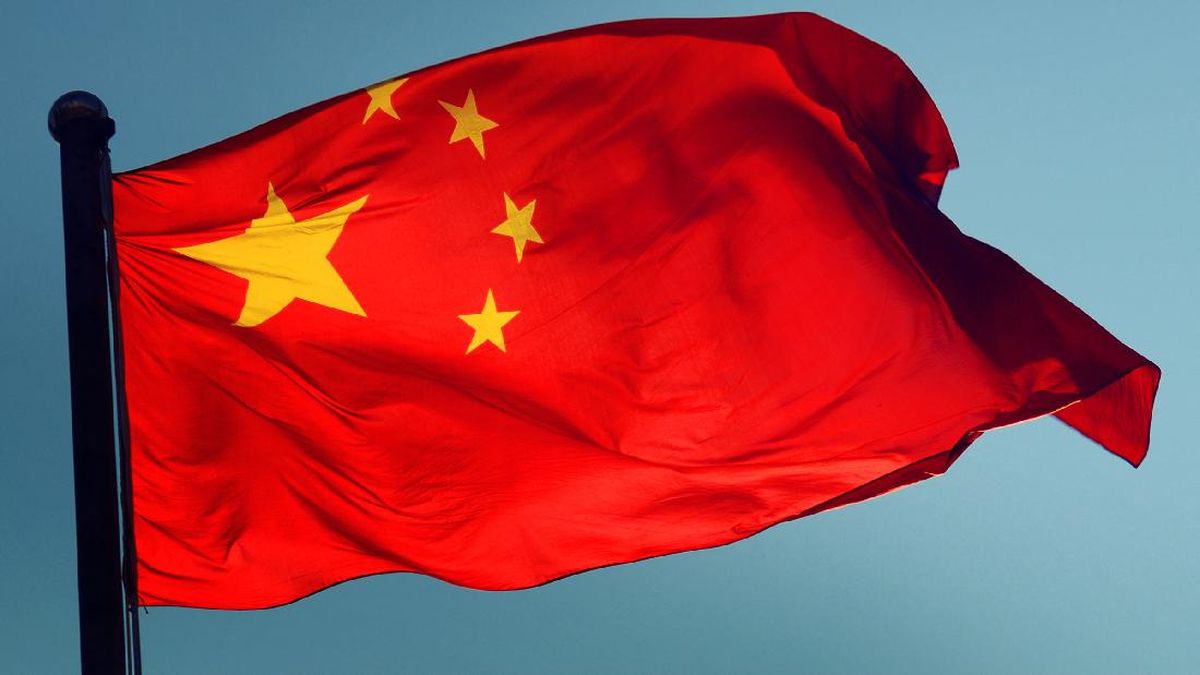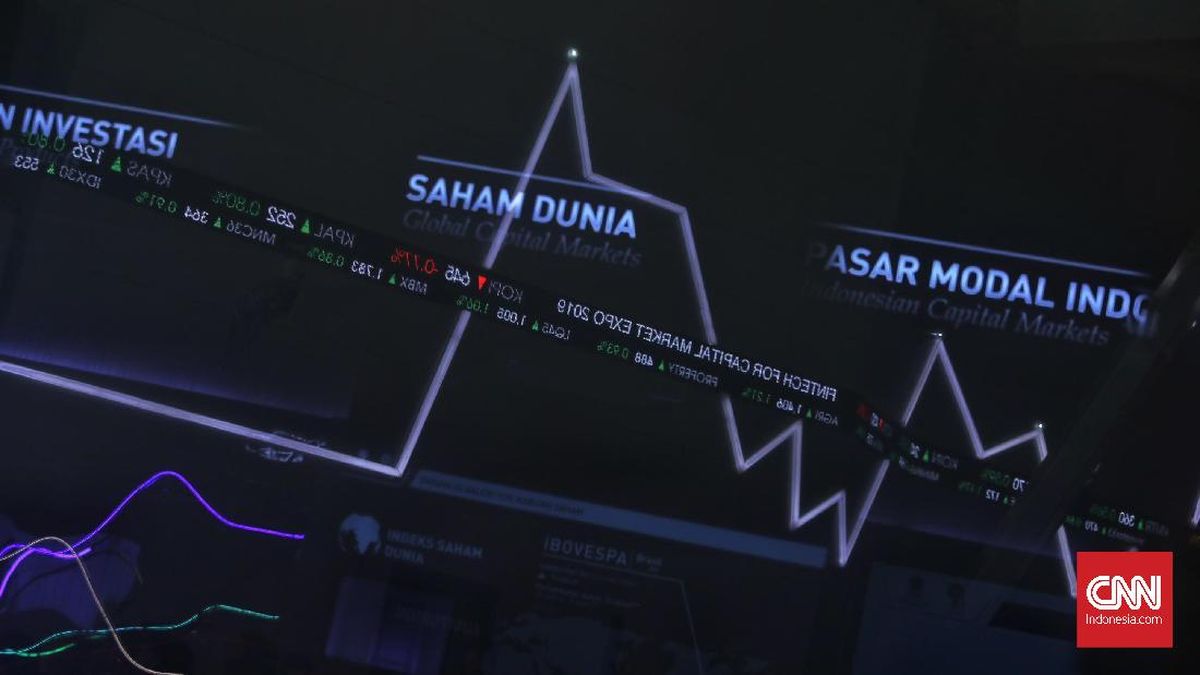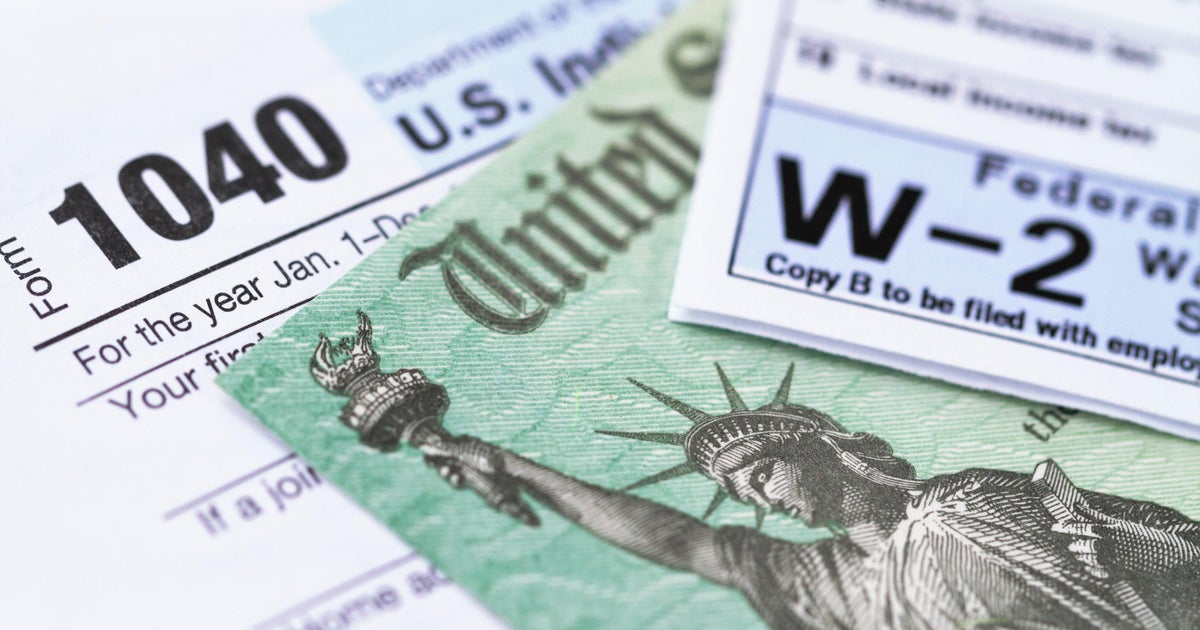A shortage of windy days has helped push east-coast electricity prices to their highest levels in three years, as weaker wind turbine output forces expensive gas-fired power plants to run harder to meet demand from homes dialling up heaters.
Official figures reveal wholesale electricity prices – what retailers pay for power before supplying it to customers – rose 23 per cent in the past quarter compared with the same time last year due to cold weather increasing demand just as wind farms were producing less electricity and six coal-fired power station units were offline.

Electricity costs have climbed again along Australia’s eastern seaboard as cold winter weather coincided with reduced wind power.Credit: Getty Images
April and May were relatively mild, says the Australian Energy Market Operator in an update due to be released on Thursday, but isolated periods of cold and low wind conditions in June had caused spikes in heating demand and reduced wind generation.
“Combined coal-fired power outages, low wind and high demand on several days in June required a greater reliance on gas-fired and battery generation during evening peaks,” AEMO general manager of policy Violette Mouchaileh said.
Although wholesale prices do not directly affect household power bills, the increases risk flowing through to retail prices next year, especially if they are sustained. Regulators take average wholesale prices into account each May when they reset each state’s price caps for standard power offers.
Loading
The wholesale power price averaged $140 a megawatt-hour over the past quarter – an increase of 23 per cent from the same time last year.
It was the most expensive quarter recorded since the east-coast grid was thrown into crisis in 2022. In that year wholesale prices soared above $260 a megawatt-hour amid coal plant outages, floods at coal mines, and elevated fossil fuel prices due to the fallout of Russia’s invasion of Ukraine.
Despite volatile price swings in June, favourable weather conditions earlier in the quarter, including sunnier days, led to renewable energy increasing its overall share of the grid from 32 per cent to 38 per cent across the three months.
Gas-fired generation – a fast-ramping but expensive source of electricity – decreased its overall share on a quarterly basis but reached new daily highs in June, including setting a winter record.
Australia is experiencing one of the world’s fastest energy transitions as coal-fired generators, which still supply the bulk of the grid’s electricity, reach the end of their lives. The share of power produced from the sun, wind and water continues expanding as billions of dollars pour into household and grid-scale renewables and batteries.
Loading
The adoption of cleaner energy to replace polluting power stations is a positive shift in the fight to combat climate change, as the electricity sector is a dominant source of national emissions. However, the speed of the transition is still lagging what experts say is required for Australia to achieve its 2030 greenhouse gas emissions targets.
It is also falling short of the rate officials deem necessary to compensate for the next wave of coal-fired generator closures without heightening the risk to consumers of power shortages or price spikes.
While 4.4 gigawatts of new generation and storage had been added to the east-coast grid, and 53 gigawatts of projects remain in the pipeline, AEMO says greater investment in renewables and fast-start gas plants is still needed to avoid the sort of volatile swings that caused wholesale prices to spike in June.
“More capacity will be available to meet these isolated days of elevated peak demand, alongside coal outages and reduced wind output,” Mouchaileh said.
“Ongoing investment in gas-fired power remains critical to generate energy during these periods of low wind or solar, or when storage reserves are depleted, and to support growing demand as our power systems transition.”
The Business Briefing newsletter delivers major stories, exclusive coverage and expert opinion. Sign up to get it every weekday morning.
Most Viewed in Business
Loading


















































